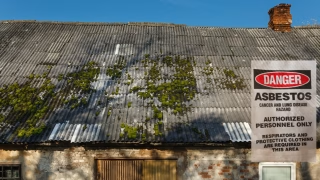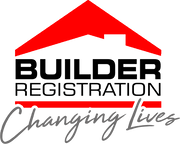
Navigating the Tight Terrain: Victoria’s Building Industry Outlook
Current Challenges in the Victorian Building Sector
Victoria’s building industry is facing a challenging period marked by significant workforce shortages and extended construction timelines. These issues are acting as a substantial hindrance, slowing down the pace at which the industry can respond to both government and consumer demand. According to recent forecasts by Master Builders Australia (MBA), these factors continue to be a major obstacle, with the industry needing an influx of half a million workers by 2026 to meet the demand.
Workforce and Productivity Insights
The productivity in construction has notably declined, with a decrease in the hourly output per worker by 18% over the past decade. This reduction is reflected in the increased time required to complete new homes—from approvals to completion—which has risen from just under nine months in 2009-10 to an average of 11 months in 2022-23.
Financial and Material Costs
Over the past 15 years, the cost of construction has surged dramatically. Hourly wages in construction have risen by almost 13%, building material costs have gone up by over 33%, and the overall cost to build a house has escalated by 39.8%. These rising costs contribute significantly to the challenges facing the industry.
Future Projections and Strategies
Despite the current pressures, there is a silver lining. MBA predicts that easing inflation and interest rates in the coming years will boost investment in the sector, potentially alleviating some of the current constraints. To address these challenges head-on, MBA and industry leaders are advocating for a multifaceted approach:
- Attracting and Retaining Talent: Engaging more closely with government and policymakers to attract and retain a skilled workforce is crucial. This includes a consistent flow of apprentices and trainees to sustain the industry’s future.
- Innovative Construction Methods: Exploring and supporting innovative construction methods, such as offsite and prefabricated construction, could significantly reduce building times—studies suggest by as much as a third. These methods allow for building components to be assembled in controlled indoor environments, which are not affected by weather conditions, leading to faster and potentially less expensive construction.
- Streamlining Processes: There is a pressing need to streamline building approval processes and reduce costs, ensuring that contracts are fair and equitable for both builders and consumers. Additionally, improving supply chain efficiency is essential to overcome current disruptions and delays.
Call to Action
Master Builders Victoria CEO Michaela Lihou emphasises the urgency of these measures: “We urgently need more skilled workers, both local and migrant, and innovative construction techniques to supplement our traditional methods. It’s time for more innovation in our industry, and we’re committed to working closely with all stakeholders to integrate new methods without compromising on quality.”
The challenges are clear, and the time to act is now. By working collaboratively and swiftly, Victoria can navigate these tight conditions and look towards a more robust and efficient building industry future.

🚀 Ready to Elevate Your Building Career?
If you’ve been inspired by the possibilities in the building and construction industry, it’s time to take action. The Certificate IV in Building and Construction offers the expertise and knowledge you need to turn your aspirations into reality. Whether you’re aiming to become a skilled builder, an efficient project manager, or a visionary leader in the residential building sector, this course is your stepping stone.
Join a community of professionals who have transformed their careers with this nationally recognised qualification. Don’t just build structures, build a future you can be proud of. Discover more about how you can start your journey with the Certificate IV in Building and Construction.






